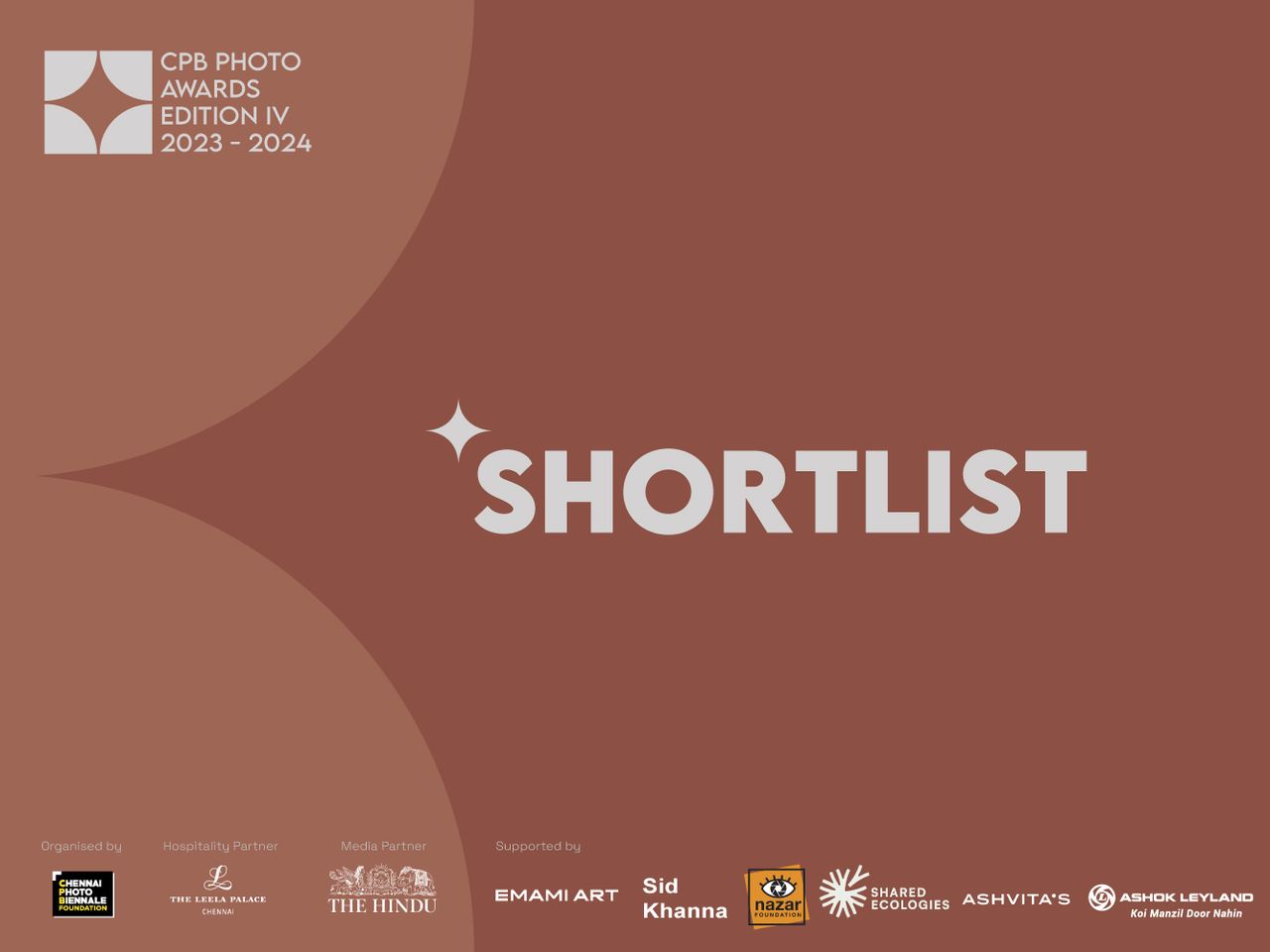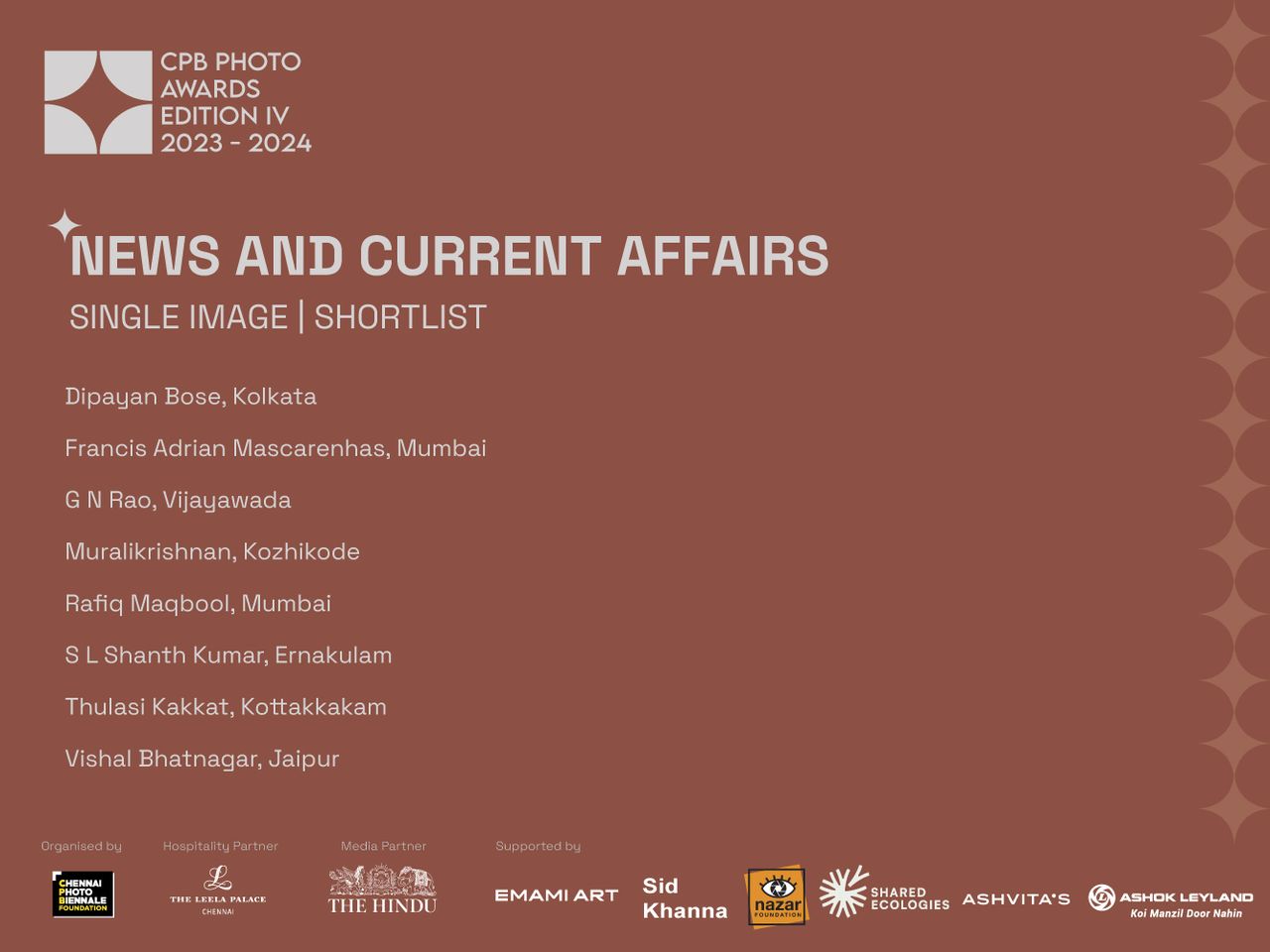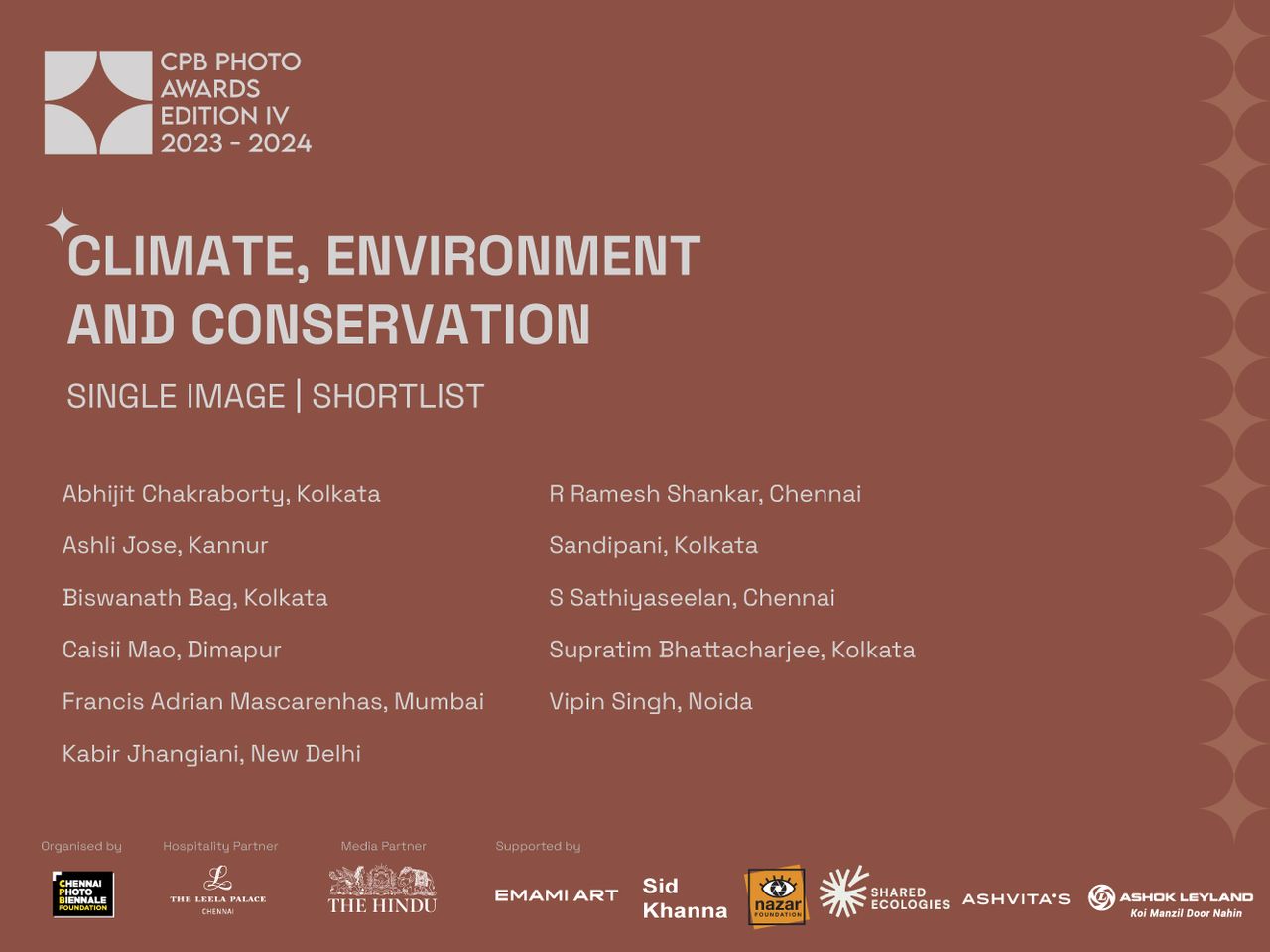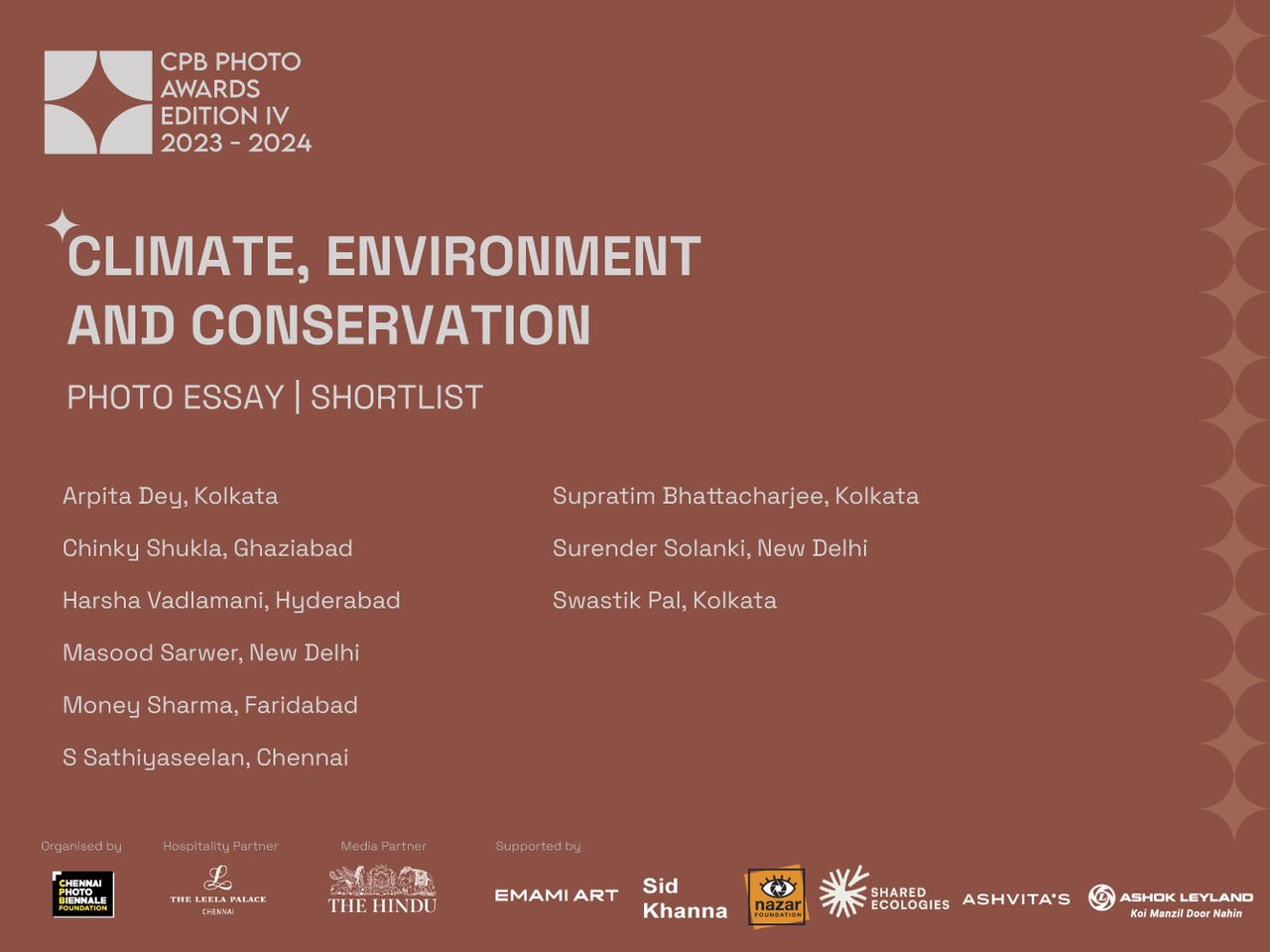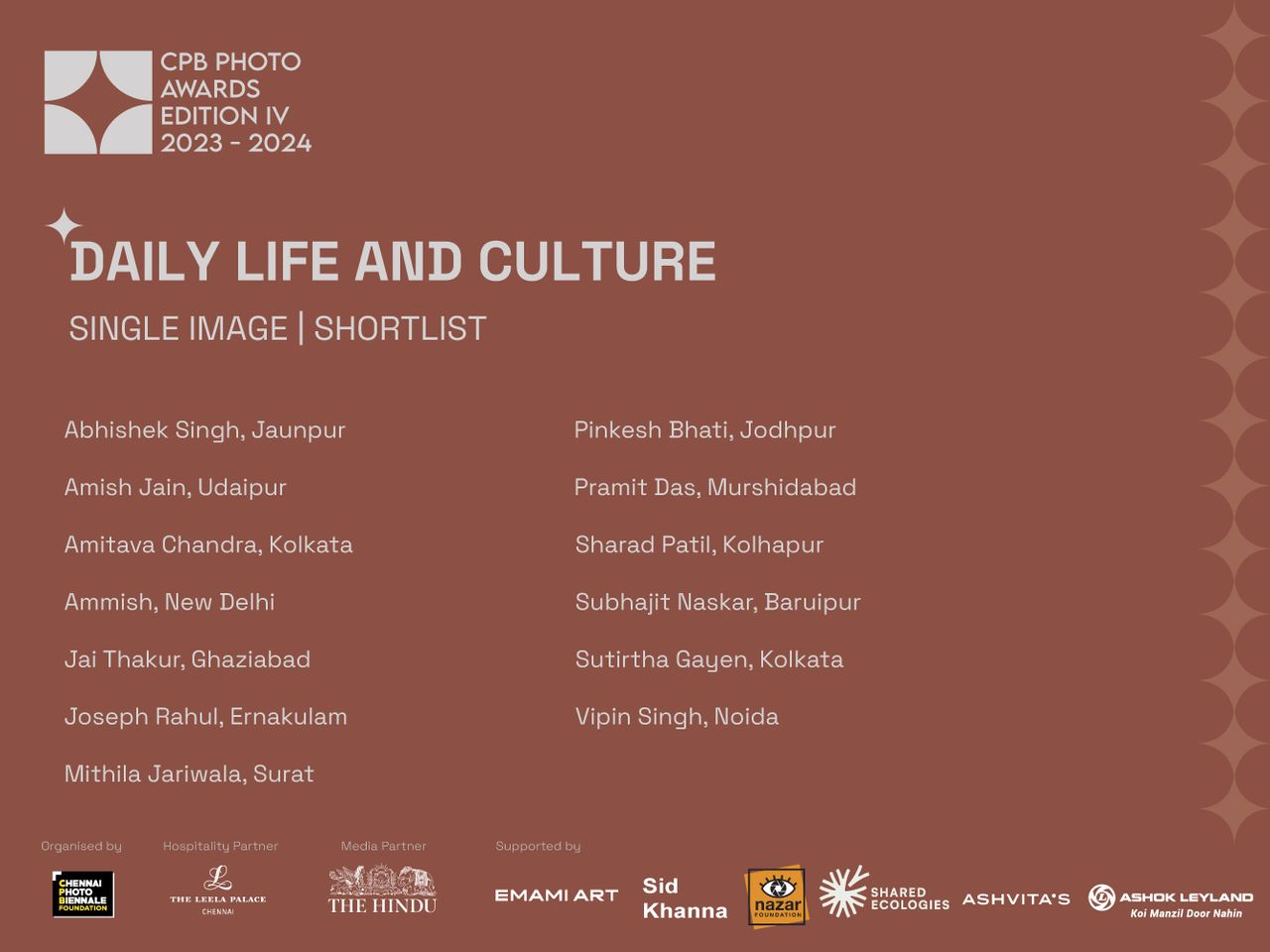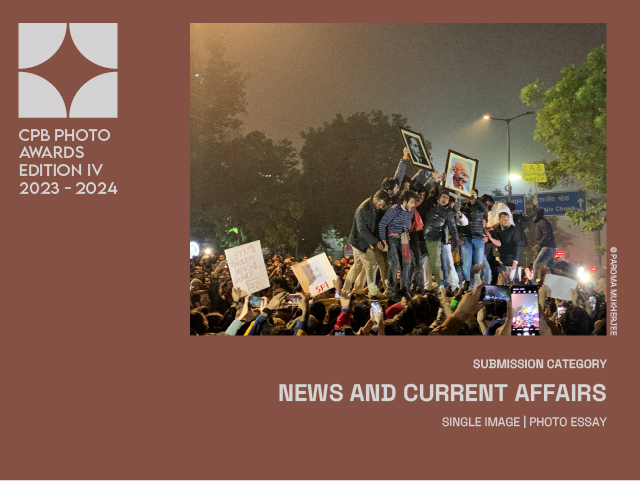.jpg)
CPB Photo Awards - Edition IV - 2023-24
.jpg)
INTRODUCTION
CPB Foundation is back with the Fourth Edition of the CPB Photo Awards - 2023-2024. The Awards were established to recognize and celebrate excellence in photography in India and put emphasis on the under-recognized work of regional talent in India. At the CPB Foundation, we strongly believe in and stand by the power and sensitivity of visual practices and commitment to the photographic form.
GET A GLIMPSE OF THE AWARDS (2023 - 24)
.png)


-1280x960.jpg)
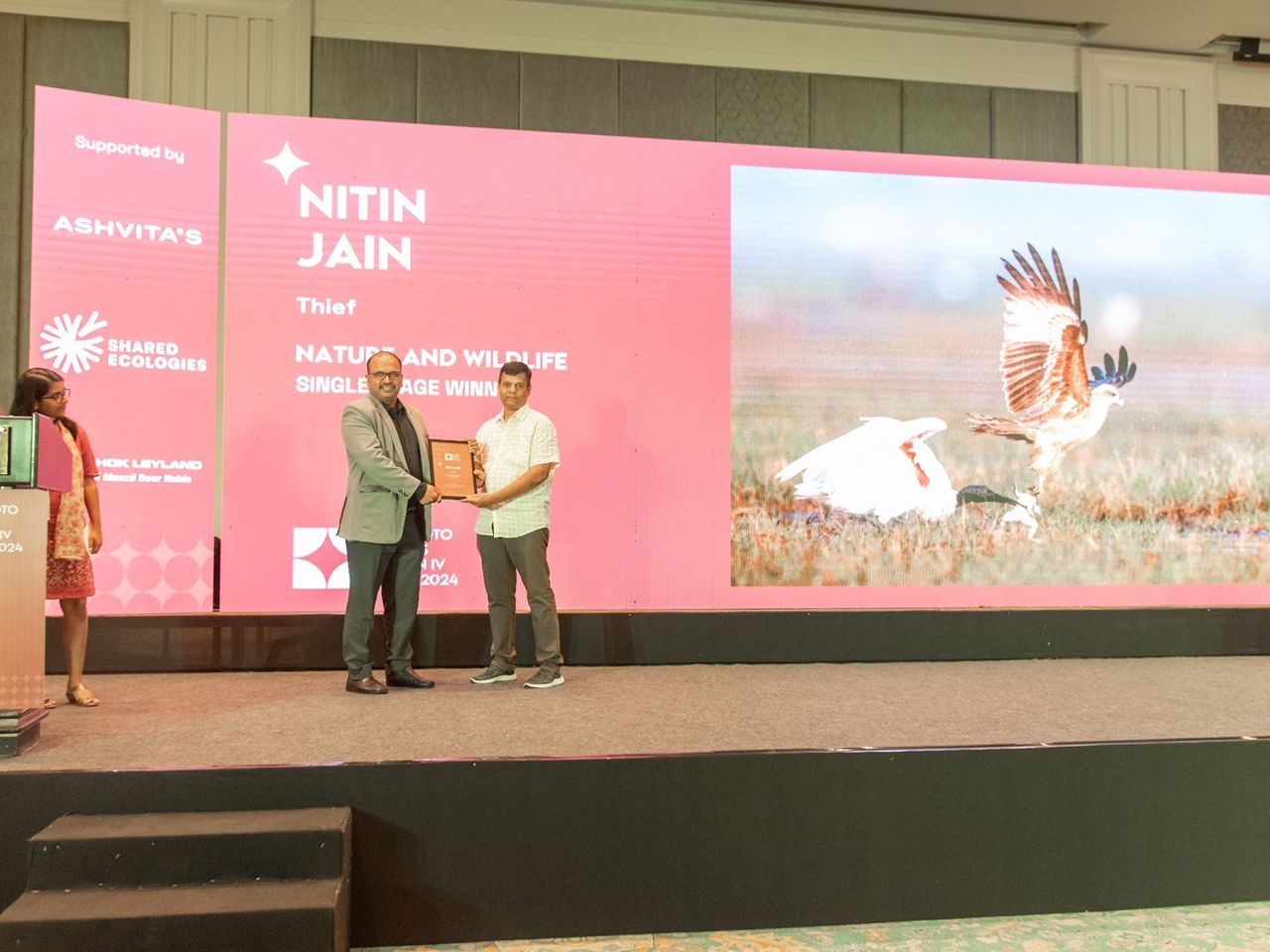

-1280x960.jpg)
-1280x960.jpg)
-1280x960.jpg)
-1280x960.jpg)
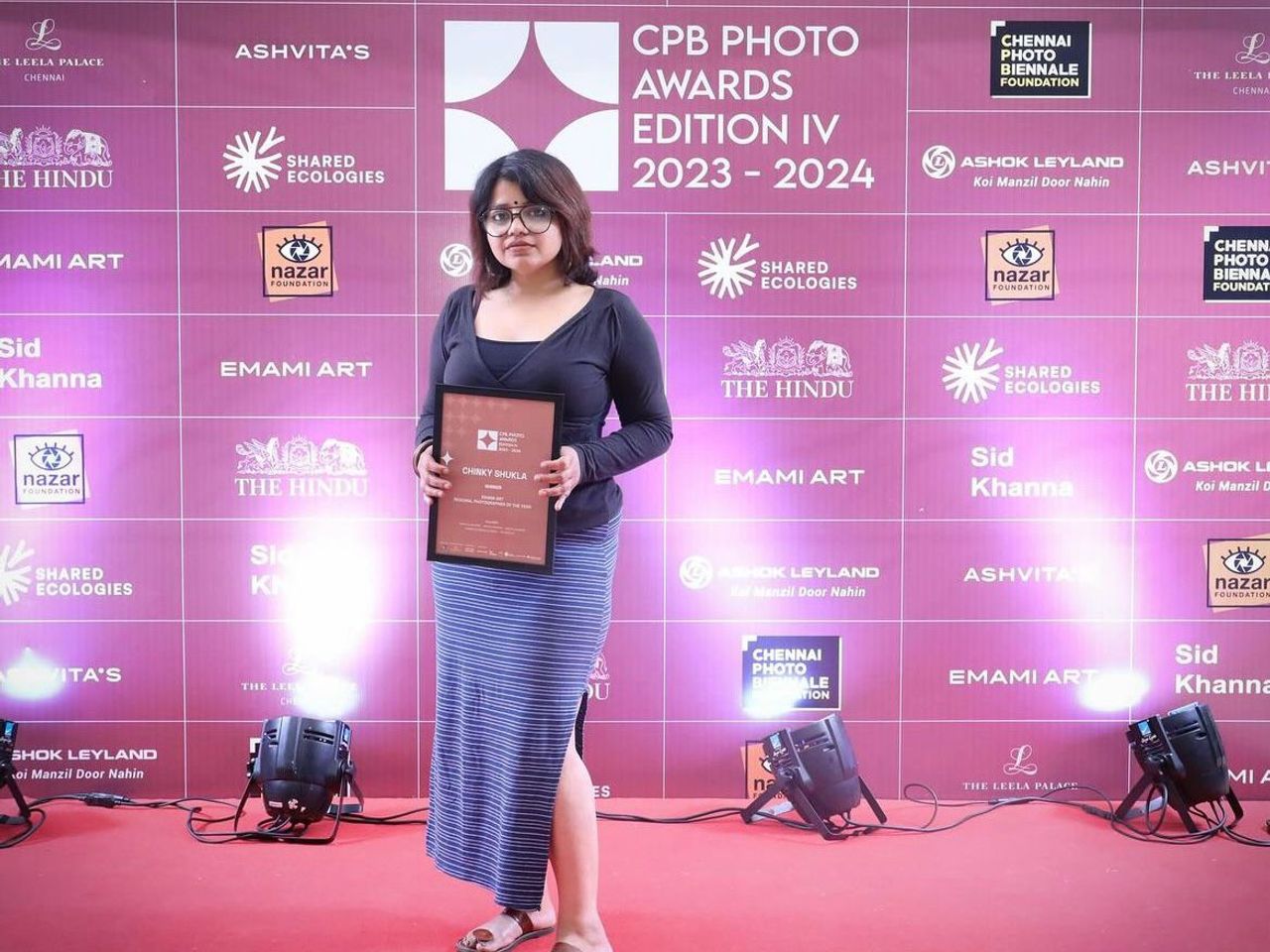

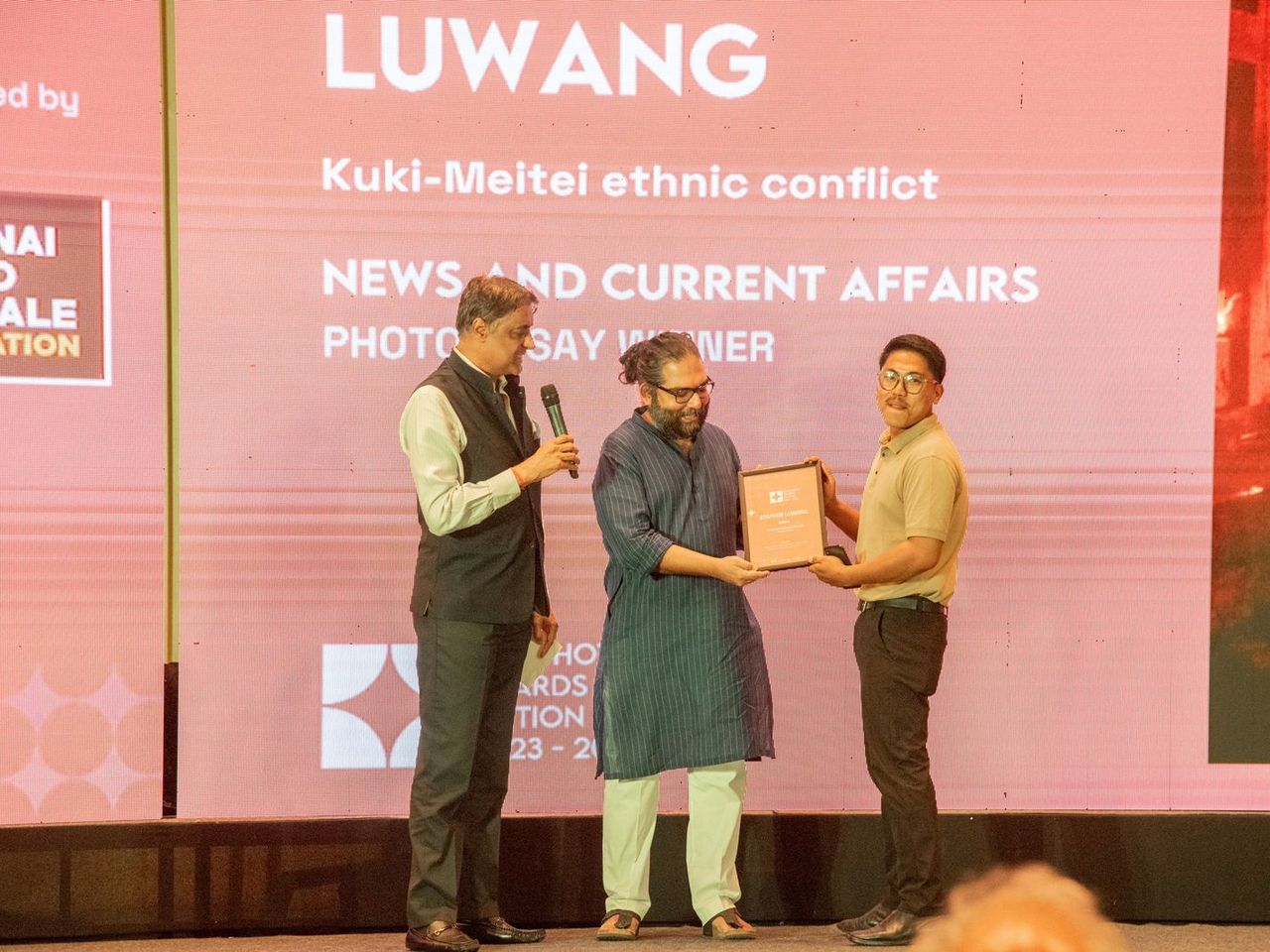

-1280x960.jpg)
-1280x960.jpg)
-1280x960.jpg)
-1280x960.jpg)
-1280x960.jpg)
-1280x960.jpg)
-1280x960.jpg)
-1280x960.jpg)
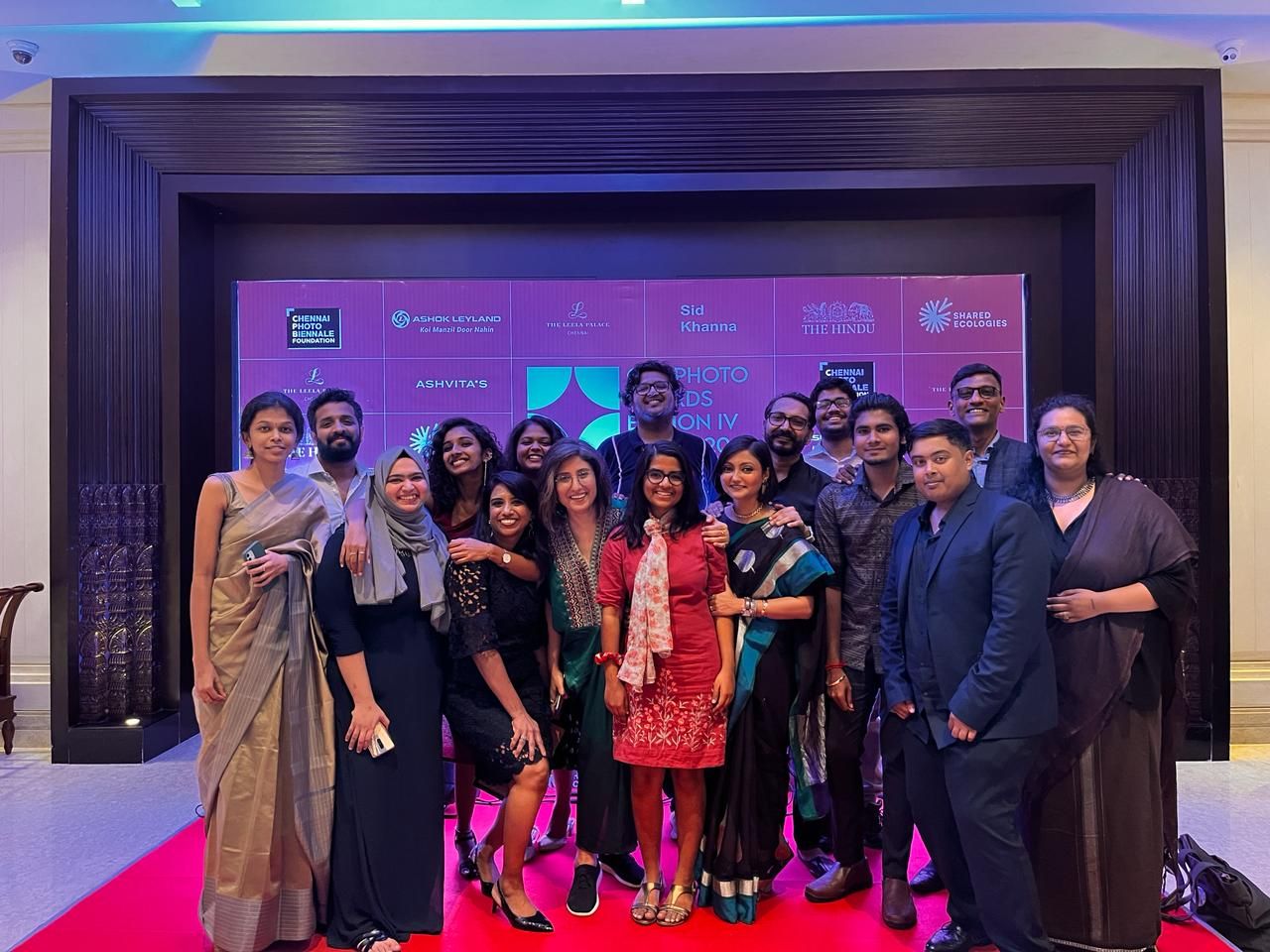
WINNERS - CPB PHOTO AWARDS EDITION IV
Thulasi Kakkat | The Danish Siddiqui Award for Socially Concerned Photography - Photo of the Year
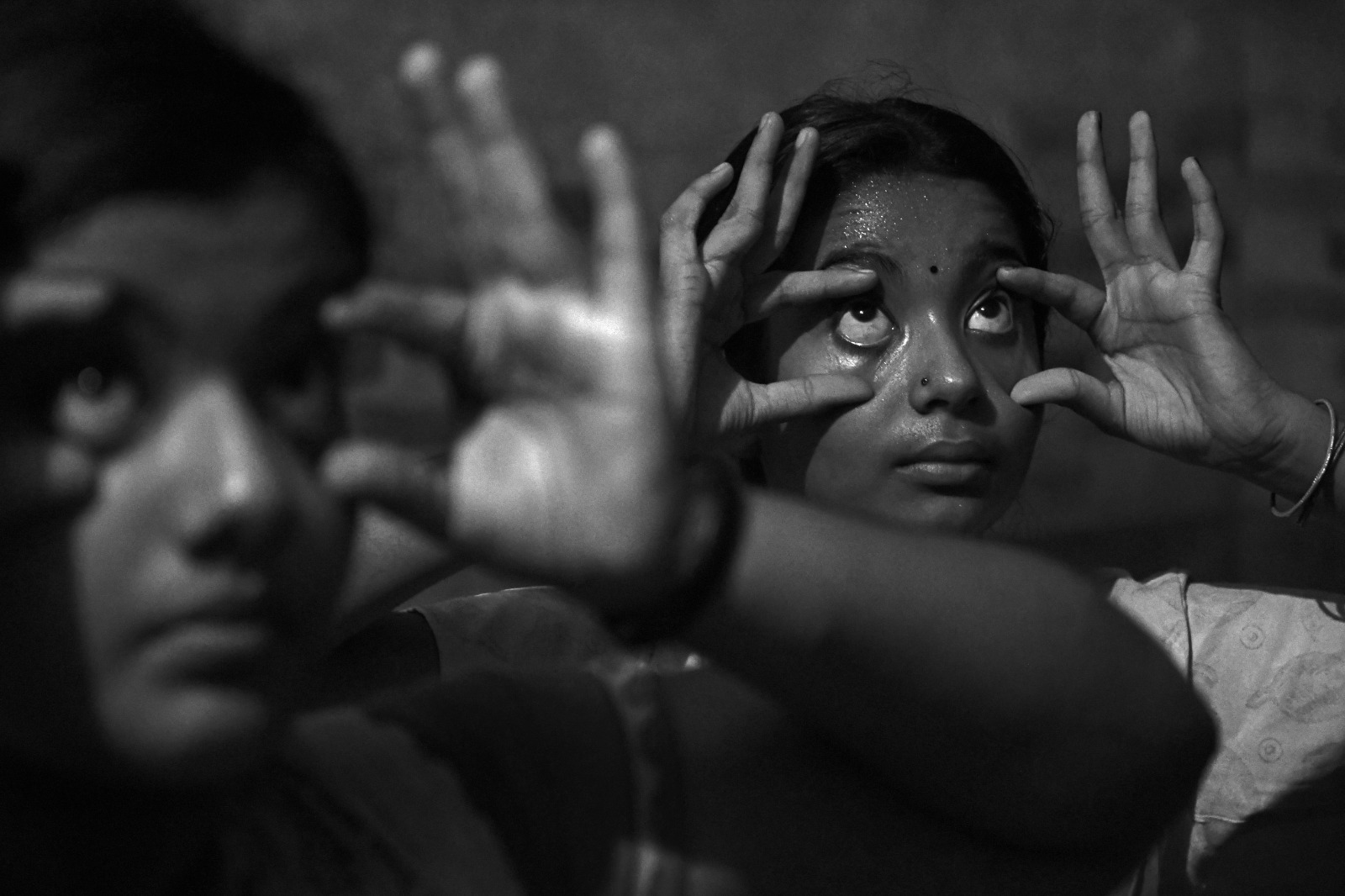
Untitled
Arya and Akshaya, students of the first batch of female students of Kathakali at Kerala Kalamandalam, are practicing Kannusadhakam (eye exercises) during their 5 am sadhakam at Kerala. Kalamandalam in Thrissur district in Kerala on June 29, 2023. With their entry, it’s curtains for a 90-year-old, male-only tradition at the Kalamandalam.
Anindito Mukherjee | Photo Story of the Year


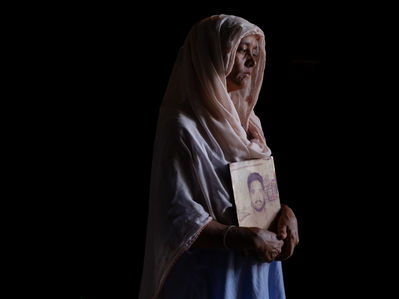
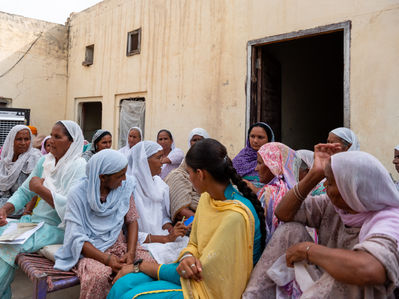
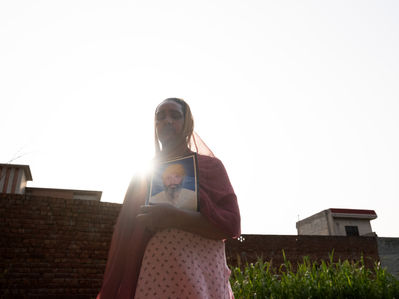
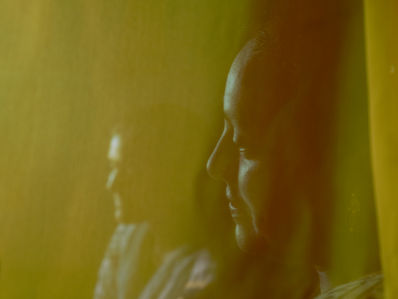

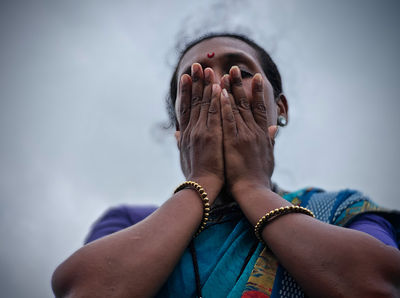
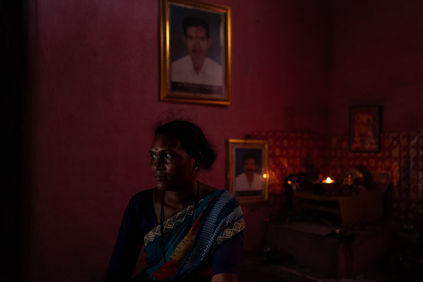


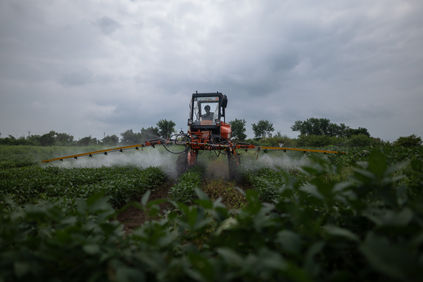



The perils of the smallholders who feed India
Farming in India can easily become a debt trap. The agricultural system that feeds India’s 1.4 billion people still relies on millions of ill-equipped smallholders. Initiatives like Pradhan Mantri Fasal Bima Yojana, a crop insurance program don’t work as many farmers aren’t able to access loans or insurance since land deeds aren’t in their names. Numerous farmers resort to suicide, triggered by crop failure caused by factors beyond their control. The majority are compelled to seek loans from private moneylenders due to banks' reluctance arising from issues like incomplete documentation, absence of land ownership records, or previous defaults.
Chinky Shukla | Emami Art Regional Photographer of the year
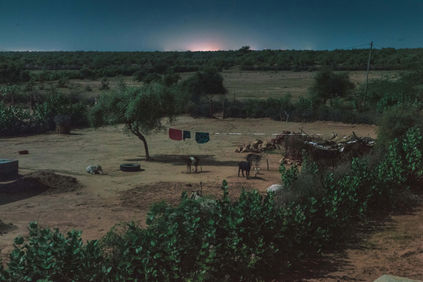
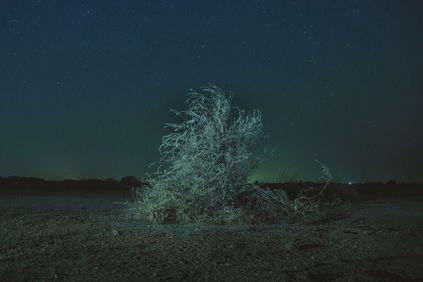
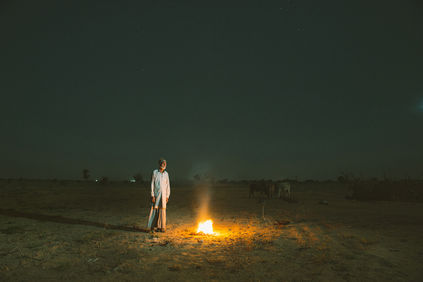



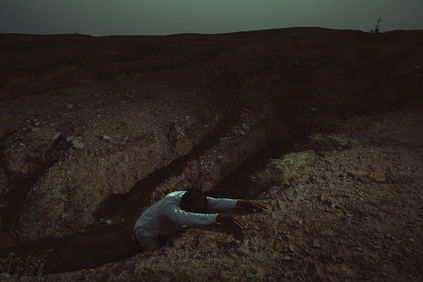
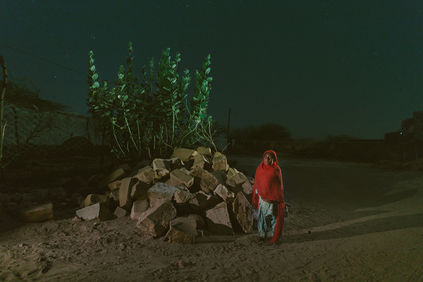
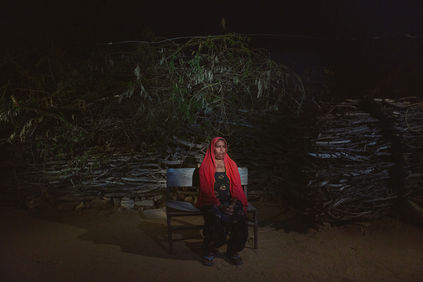
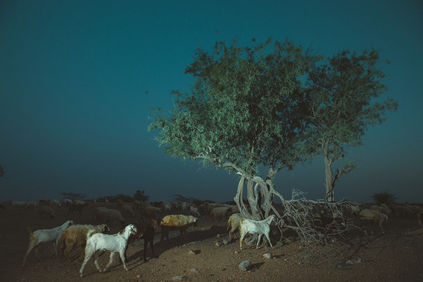



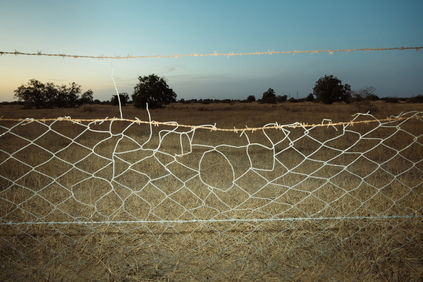
When Buddha stopped smiling
In the summer of 1998, India blasted its way into the world's consciousness by testing a nuclear device. It was heard, but in that loud rumble of earth, triggered by a series of nuclear explosions, a generation lost its voice. The explosions left a lasting impact, echoing the aftermath of the 1974 Smiling Buddha nuclear test. Decades later, the region still contends with increased cancer rates and genetic abnormalities, joining a somber global community of nuclear test site residents grappling with the enduring effects of radiation.
Vishal Bhatnagar | News and Current Affairs - Single Image

Uttar Pradesh Chief Minister Yogi Adityanath Road Show In Jaipur
Uttar Pradesh Chief Minister Yogi Adityanath is participating in a roadshow aboard a bulldozer in support of BJP candidate, Rajyavardhan Singh Rathore from the Jhotwara constituency ahead of the Rajasthan Assembly elections in Jaipur, Rajasthan, India on November 23, 2023. Yogi Adityanath may be credited as the inventor of the bulldozer as a weapon for politics.
Stephen Luwang | News and Current Affairs - Photo Story
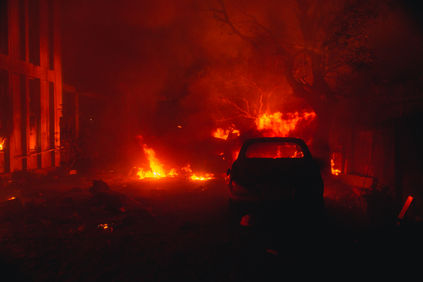
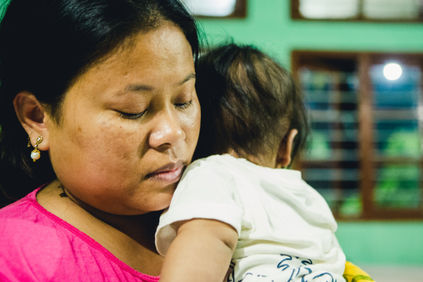



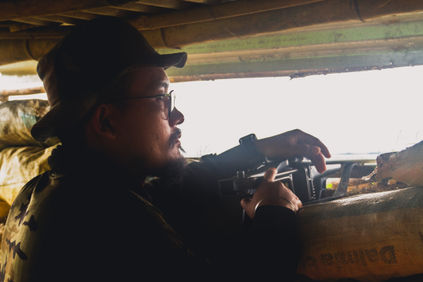
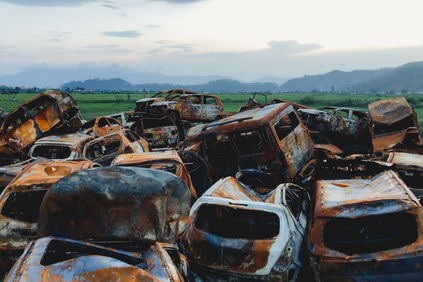


Kuki-Meitei ethnic conflict
On 3rd May, 2023 violence broke out in Manipur between two ethnic communities - the Meiteis and the Kukis. More than 180 people have been killed and 50,000 people were left displaced; temples and churches were left vandalized because of the conflict. This work shows the harsh reality of this ongoing conflict, where one could get killed for being born in a particular community.
Surender Solanki | Climate, Environment and Conservation - Single Image

The ravaging effects of climate change
Many villages and farmlands around the Yamuna river were submerged in Delhi due to heavy rainfall and floods. Displaced residents in Mayur Vihar, New Delhi were seen transferring their household essentials through ladders to climb on an overpass under construction on 12 July 2023. Almost 35,000 people evacuated their homes with over 5,000 of them staying in relief camps and 6 people lost their lives. In recent years, North India has experienced extreme changes in weather patterns, including scorching heat hitting record highs and heavy floods in monsoon.
Harsha Vadlamani | Climate, Environment and Conservation - Photo Story
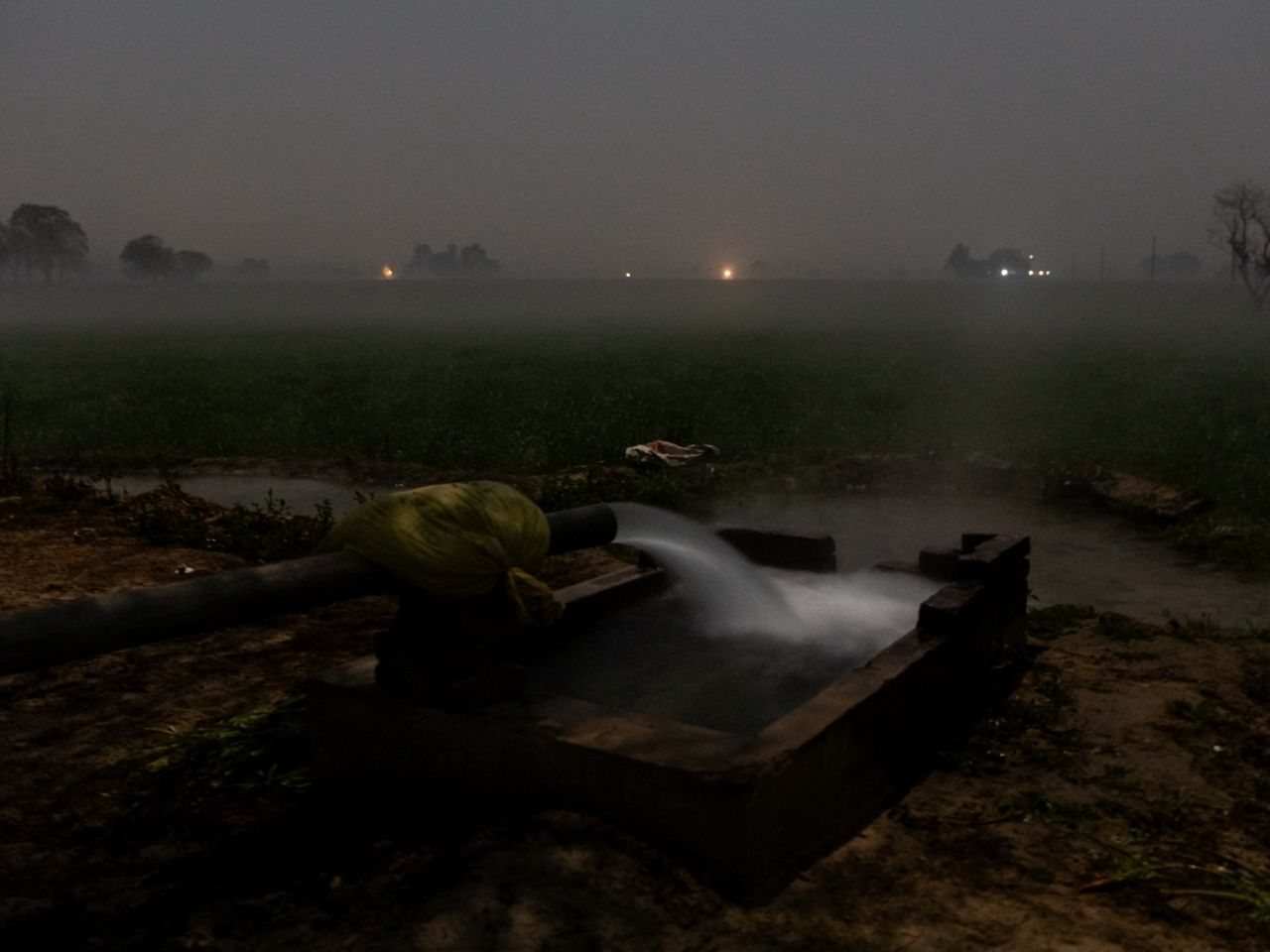
-1280x960.jpg)
-1280x960.jpg)
-1280x960.jpg)

-1280x960.jpg)
-1280x960.jpg)
-1280x960.jpg)
-1280x960.jpg)
After the Green Revolution
The Green Revolution of the 1960s was India's greatest fightback against food scarcity and hunger. In Punjab, one of the focus regions, farmers adopted hybrid crops and intensive chemical use and relied on tube wells for irrigation, which grew from 7445 in 1961 to 1.5 million in 2021. Six decades later, groundwater levels in Punjab have dropped drastically, declining by 0.49 meters annually. My photo project examines how this, along with erratic rainfall due to climate change, affects food production, deepening farmer debt, and the rise of cancers and kidney disorders resulting from groundwater contamination.
Joseph Rahul | Daily Life and Culture - Single Image
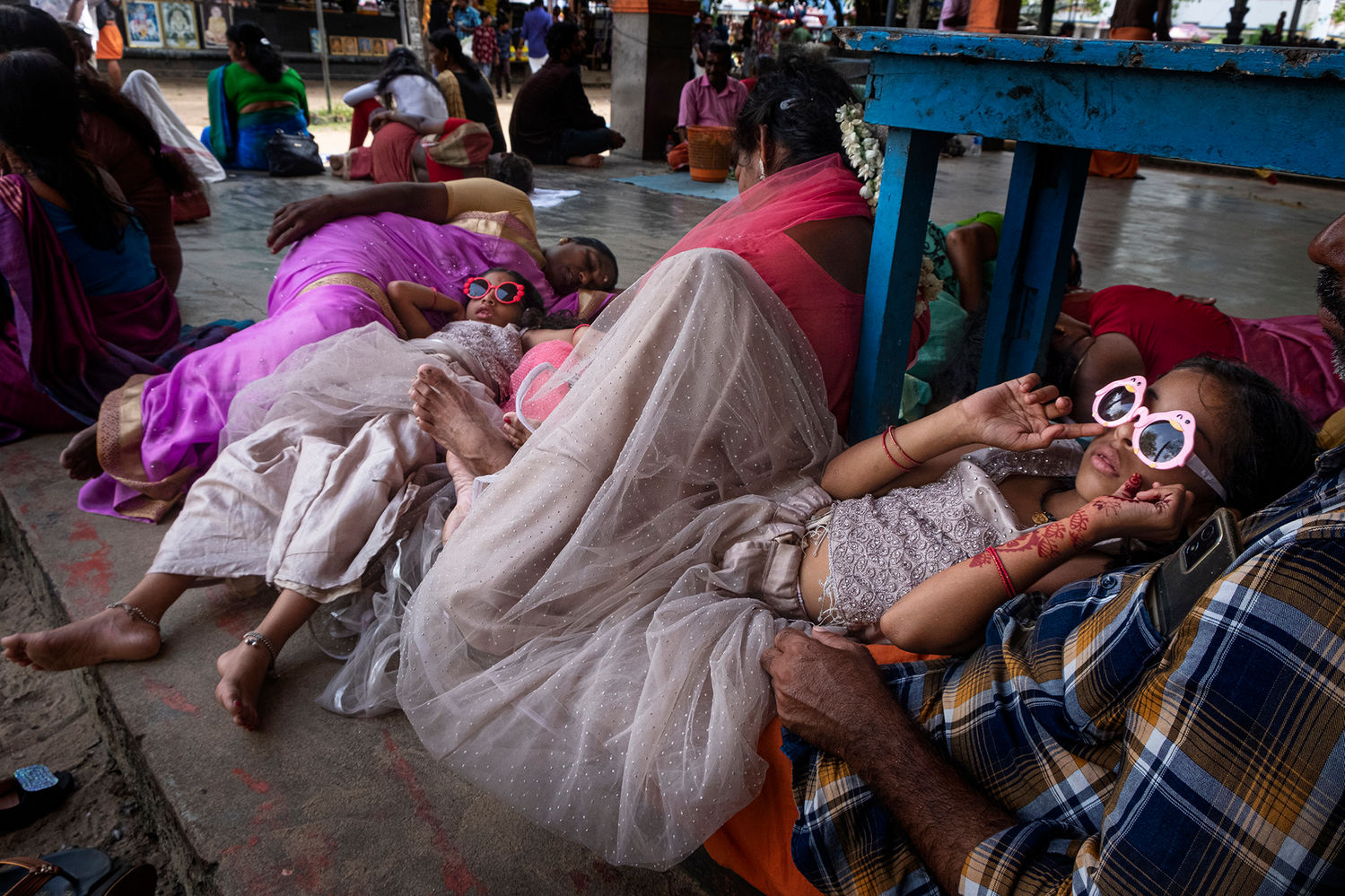
Untitled
A family resting at Oachira Parabrahma temple during the festival season.
Akilan Thyagarajan | Portrait - Single Image
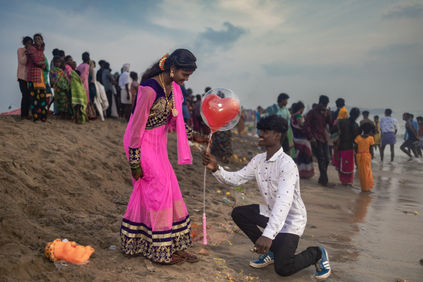
Untitled
A Just-Married Irular couple at Mahabalipuram during Maasi Magam Festival.
Nitin Jain | Nature and Wildlife - Single image
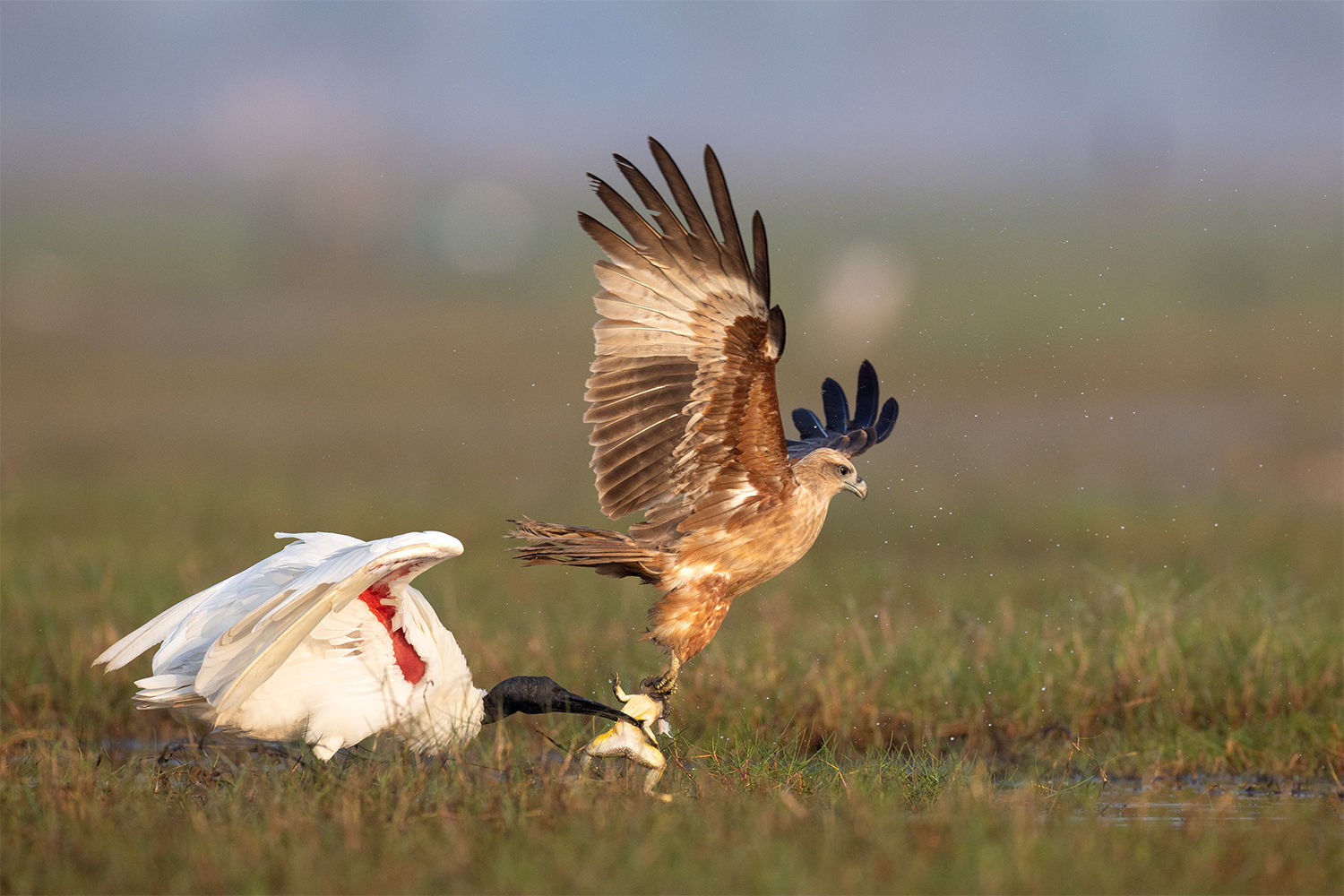
Thief
A Brahminy kite attempted to snatch a frog from the beak of a black-headed Ibis in Chilika Lake, India. The juvenile kite successfully stole the kill and flew off with it!
SHORTLIST
AWARD CATEGORIES
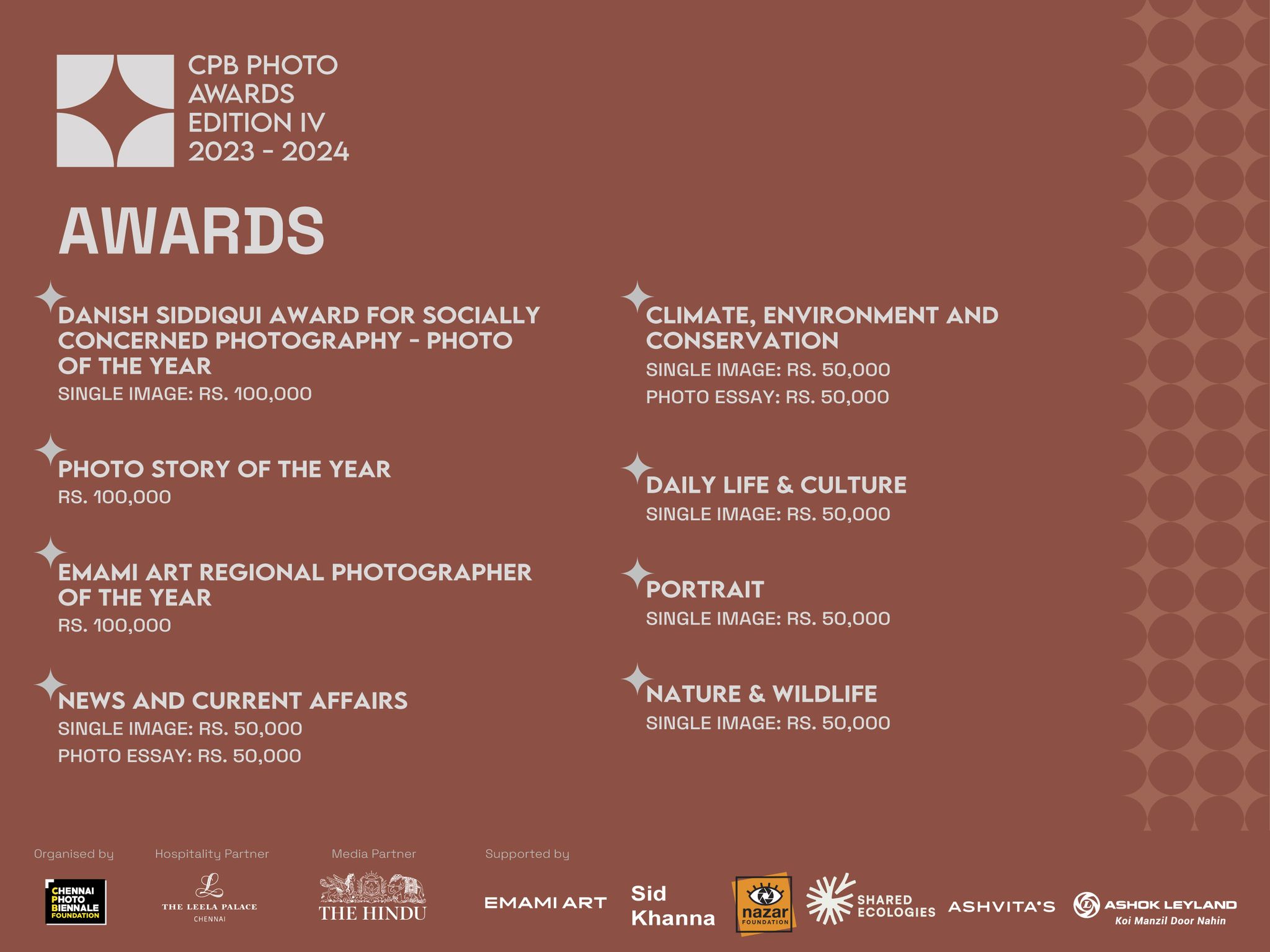
SUBMISSION CATEGORIES
(Published work is not mandatory)
1. News and Current Affairs - Single Image
Images on news events, culture, health, politics, gender or any current events across the country as single images. You may enter any number of entries.
2. News and Current Affairs - Photo Story
Photo stories on news, culture, health, politics, gender or any current events across the country. You may enter any number of entries. Minimum of 10 and maximum of 15 images can be submitted as part of your photo story.
3. Climate Change, Environment and Conservation - Single Image
Single images documenting climate crisis, climate impact on land, communities and wildlife, vegetation, land, ecology, geography, natural resource management, ecotourism, local conservation traditions, and related issues. You may enter any number of entries.
4. Climate Change, Environment and Conservation - Photo Story
Photo Stories documenting climate crisis, climate impact on land, communities and wildlife, vegetation, land, ecology, geography, natural resource management, ecotourism, local conservation traditions, and related issues. You may enter any number of entries. Minimum of 10 and maximum of 15 images can be submitted as part of your photo story.
5. Nature and Wildlife - Single image
Nature and wildlife photography that highlights not just the beauty, but the importance of preservation of nature and our wildlife, national parks, bio zones, the relationship between humans and nature and wildlife, natural habitats, urbanisation’s impact on nature and wildlife, and related topics.
6. Portraits - Single Image
Compelling portraits that can be street style, environmental portraits, or close-up portraits, capturing the person’s mood, body language, setting, giving a story of that person in one image. This can include creative studio portraits as well with a social and cultural lens. You may enter any number of entries.
7. Daily Life and Culture - Single Image
Street moments, cultural events, cultural traditions within a home or outside in public spaces, daily routines, capturing the essence of a moment that qualifies as daily life. Composition and context of the moment will play a key role here. You may enter any number of entries.
MEET THE JURORS


Daniella Zalcman is a Vietnamese-American documentary photographer based in New Orleans, LA. She is a Catchlight Fellow, a multiple grantee of the National Geographic Society and the Pulitzer Center on Crisis Reporting, a fellow with the International Women's Media Foundation, and the founder of Women Photograph, a nonprofit working to elevate the voices of women and nonbinary visual journalists. Her photographic work tends to focus on the legacies of western
colonization, from the rise of homophobia in East Africa to the forced assimilation education of Indigenous children in North America. She is also currently a journalism professor at Tulane University.
TESTIMONIAL
Photojournalism teaches us how to see — and visual journalists have the privilege of showing their audiences people and places they'll never otherwise experience. While photography — and more importantly, visual literacy — may be facing new threats right now from AI-generated imagery, there's more of a need than ever for ethical, thoughtful photographers and their work.

I am a visual journalist. I have been a hands-on photographer and photo-editor leading teams of photographers at some of India's leading newsrooms, including
The Hindustan Times, Business World, Forbes India, Hindustan Times again, and now, with The Hindu.
TESTIMONIAL
It is only photojournalism that distills incidents and happenings around us to a single moment. It pins down the attention of the viewer/reader in a world where attention spans are fast reducing.
Sample this: a billion hours of video is consumed every day, but very little of that gets imprinted in memory unless it is extraordinary event - like 9/11.
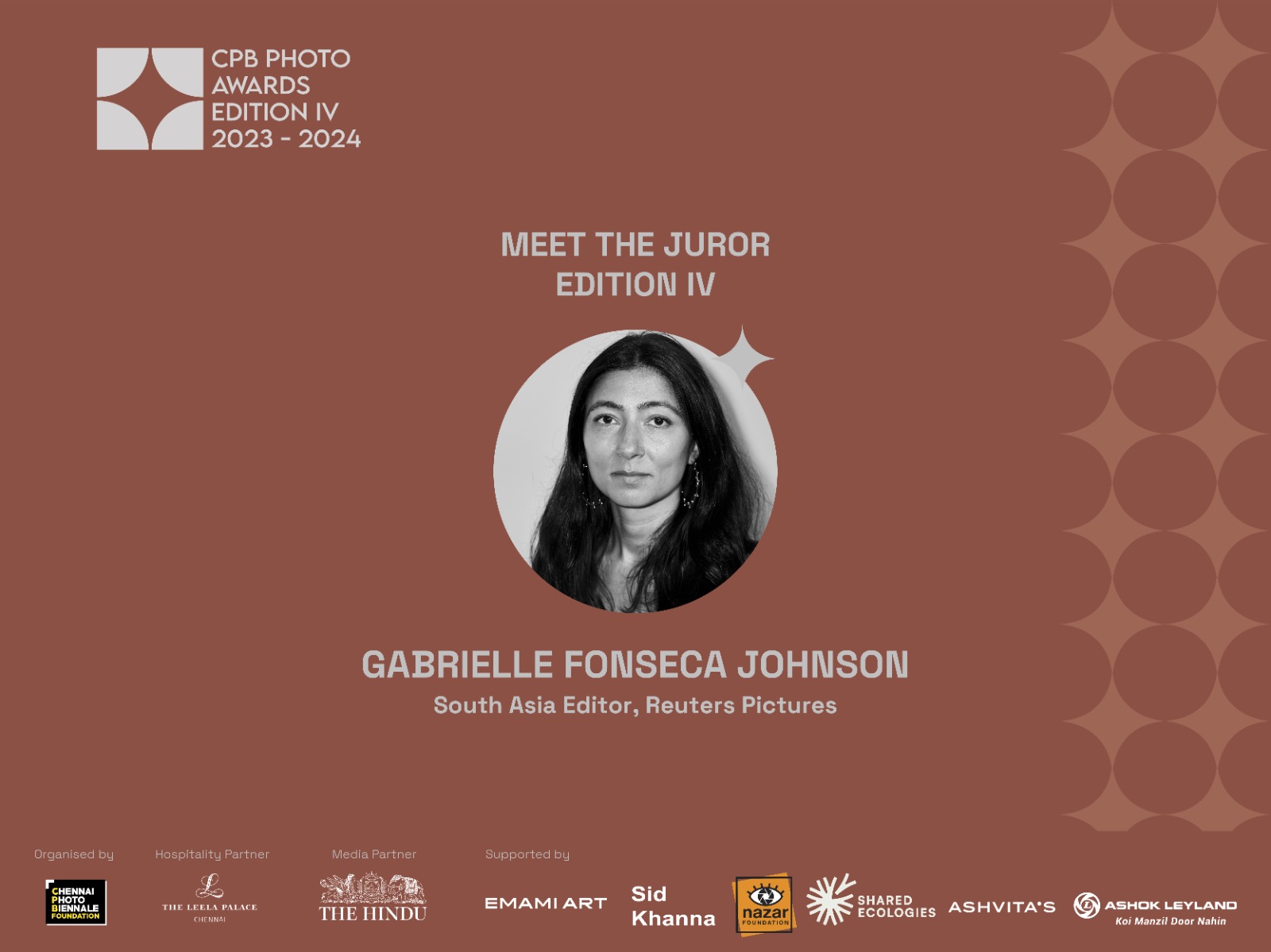
Gabrielle Fonseca Johnson is South Asia Editor for Reuters Pictures. Based in New
Delhi, she leads the photography team across the sub-continent responsible for covering breaking news as well as visual enterprise stories. Previously Gabrielle was the Senior Editor for The Wider Image, Reuters award winning imprint for long-form photojournalism. Gabrielle has been on the juries of competitions including World Press Photo, curated exhibitions, such as at Visa pour l’image and regularly takes part in workshops and portfolio reviews internationally. Born in London, Gabrielle is of Indian and British heritage.
TESTIMONIAL
Photojournalism has never been more important. With the proliferation of images online, fake news and the development of generative Al, powerful and accurate photos that document what's happening around us are crucial for our local communities and the wider world.

Kay-Chin TAY, Co-Director and Founding Advisor of Pictures of the Year Asia, spent more than a decade in newspapers in Singapore and the US. From 2009 to 2015, he anchored the photojournalism programme at the Wee Kim Wee School of Communication & Information at Nanyang Technological University. In 2010, he led an initiative to publish 20 books by 20 Singaporean photographers, a project which also resulted in an exhibition at the Pera Museum. In 2020, he judged the Reportage division of the 77th POY International. He was a Faculty Member for the Missouri Photo Workshop in 2020 and 2021.
TESTIMONIAL
Trust has always been the main charter for the journalism profession and in this age of fake news and propaganda, whom we choose to believe becomes an even more important concern. We are bombarded by images every day and it is easy, in a moment of weakness, for anyone to be swayed by one, and that can have grave consequences beyond just the image-making realm. These days, the more I look at pictures, the more I question. But I have always returned to the point where I feel most comfortable — I look for bylines I am familiar with and comfortable with. These trusted imagemakers earned my trust because of their ethics and professionalism. Every photographer who wants to be taken seriously must remember that one’s reputation is often the deciding factor in many decisions.
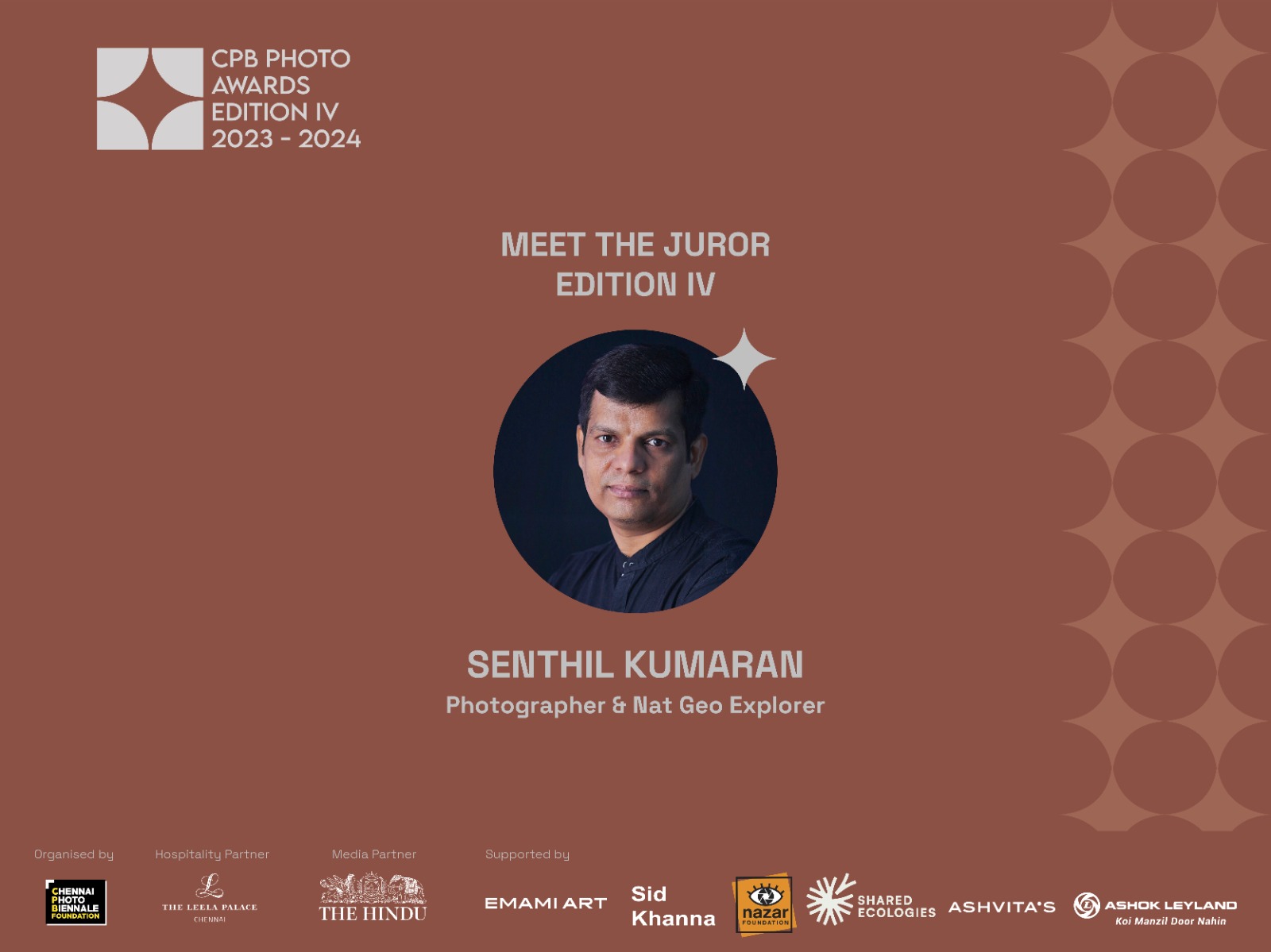
For over a decade, Senthil has been working on various wildlife and conservation projects, highlighting the issues surrounding the human-animal conflict. He documented the human-tiger conflict, emphasizing tiger conservation and the livelihood issues of the people who live around the tiger reserves. Currently, he is working on human-elephant coexistence issues and their mitigation measures in India. Recently, he has documented the tribes who tame wild elephants in the Western Ghats, India. He received a Hope Demulder grant for his story on the Illegal animal Trade in Cambodia. He won around 20 international awards, including World Press Photo, Pictures of the Year (International), Geographical Photographer of the Year, and World Report Award etc.
TESTIMONIAL
Photojournalism and visual storytelling have been important tools to throw light on issues, events, on human behaviour and their response to the happenings around them. In a constantly changing world, the impact of evolution on our natural resources, and consequences thereof on communities and cultures are critical stories that need to be told - with honesty and integrity. The value of your stories and your work lies in there.
CPB CONNECT PROGRAM
The CPB Connect Program was established to encourage participation from local communities in different parts of India via an outreach program with members of the CPB Foundation and established practitioners locally.
These one-day sessions across cities in India include presentations by the practitioners, an insight to the submission format of the Awards and attendees have the opportunity to participate in a portfolio review.
In this edition, the outreach programs in Kolkata, Shillong and Guwahati scheduled in November are supported by Emami Art. Check below, to know more!
ELIGIBILITY CRITERIA
The CPB Photo Awards is free and open to all Indian residents regardless of location, religion, caste/class or gender. Non-resident Indians cannot apply.
Participants must be 18 years or over at the time of application for the award.
Team members, patrons, trustees and advisors of the organisers and key partner-organisers cannot participate in this award.
SUBMISSION CRITERIA
For News category - Submitted work for the awards must be made between Dec 2022 - Dec 2023
For Climate, Environment and Conservation category - No timeframe applicable
For Daily life & Culture, Portraits and Nature & Wildlife category - No timeframe applicable
Applicants can submit unlimited entries in multiple categories.
Single image entry can be repeated as part of your photo story submission.
Quality of English language will not be a criteria for judging the entry, only accuracy of information will be an important criteria for the jury.
TECHNICAL CRITERIA
File Specification: Submitted photographs must meet the following specifications:
Images to be submitted online to the contest platform with the following dimensions: 1500 pixels on the long side at 100 dpi.
AdobeRGB, sRGB or grayscale Gamma 2.2 are recommended.
No CMYK files will be accepted.
Images must be uploaded in JPEG format at the highest quality setting.
Shortlisted participants will be asked to submit untouched RAW files along as well as Full-Resolution processed TIFF images.
Image Editing
For applications under the categories “News and Current affairs” and “Climate, Environment and Conservation”: Only single exposure and single frame pictures will be accepted. The following are not accepted: Multiple exposures, diptychs, triptychs, stitched panoramas, in-camera or with image editing software in these categories.
The content of a picture must not be digitally altered by adding, rearranging, reversing, distorting or removing people and/or objects from within the frame. There are two exceptions:
Cropping that removes extraneous details is permitted. Only standard format crops are permitted. No cloning or straightening of an image after a crop will be permitted.
Removing sensor dust is permitted, but it should not in any way remove any detail from the picture along with the dust. For instance, removal or sensor dust should not be an excuse for removing a mole from a face, or a bird from the sky, or a bullet from a scene of crime.
Adjustments of colour or conversion to grayscale that do not alter content are permitted, with the following exceptions:
Changes in colour should not result in significant changes in hue, to such an extent new colour is introduced, and is different from the original scene.
Changes in density, contrast, colour saturation levels that alter content by obscuring or eliminating backgrounds, objects or people are not permitted. For instance, an increase in contrast or brightness levels should not end up making a telegraph wire in the sky go away.
The images should not contain any watermarks, graphics or any kind of identification.
OTHER TERMS AND CONDITIONS
Awarding Criteria:
Entries that have received any other awards (with or without financial compensation) will be eligible if it is made within the timeframes of this award.
Any entry, if awarded in a specific category, will not be considered for any other category.
Photo of the Year/Photo Story of the Year: All Single Images and Photo essays are automatically eligible for the Photo of the Year, the Photo Story of the Year and for the Emami Art Regional Photographer Award (for applications from Tier II and Tier III cities) awards respectively. Any entry that gets awarded the Photo/Photo Story/ Regional Award of the Year, will not be doubly awarded the category prize as well. For eg: If your entry is selected from any of the five submission categories for Photo/ Photo Story/Regional Award of the Year, another entry will be considered for the category award. You cannot be awarded both.
Usage:
For shortlisted and awarded pictures, the applicants grant the organizers unlimited non-exclusive use of high-resolution pictures for activities in all media, including social media, online and print, in relation to promotion of the contest, the exhibition(if any), and all promotional activities without any remuneration being due. The photographer will be credited wherever the image is used in the future for promotional purposes of the CPB Photo Awards only. Winning entries will be published on the Awards website and on Picter for perpetuity.
For all submitted photographs, copyright holders will grant the organizers non-exclusive use of low-resolution pictures in a public archive for its research and educational activities, without any remuneration being due.
Copyright:
The photographer or the agent or representative entering on their behalf, must be the copyright holder(s) or have been authorized by the copyright holder(s) to submit the material in case of a deceased photographer.
Applicants retain copyright of their work.
The applicant will ensure that the submission of the pictures does not breach any law, and has required consent from human subjects, further that no third party can hold any claims or any objections regarding the all rights granted to the organizers. The applicant will hold the organizers harmless of any claims from third parties after submission.
Disqualification:
The conditions set out in the Entry Rules are binding and the organizers reserves the right to refuse or exclude any entry at its own discretion.
The organizer retains the right to disqualify any entry.
Contacting or attempting to contact any of the jurors, will attract immediate disqualification.
If the photographer has in some way influenced the elements/subject(s) within a composition, this fact must be clearly disclosed. (For eg: the survivor points to the direction from where the gunmen descended.) If an attempt to influence the situation/image in any unethical way is observed or is brought to the award organizer's notice, subsequent to the award ceremony, the image will be disqualified.
The organiser is entitled to revoke the issued award for any kind sexual harassment allegation against the applicant. By applying to the CPB Photo Awards, each applicant confirms that there is no past or present allegation, publicly or privately, against them. Should there be any allegations that the applicant is aware of, they must mention it in the application form in the relevant field.
Allegations of plagiarism and unethical practices will be duly investigated by the organizer and if the accusation is found to be of merit, the entry will be disqualified.
Once the shortlist is announced, if there are any concerns of plagiarism or sexual harassment with regards to the shortlisted applicants, please immediately notify Shuchi Kapoor at shuchi@chennaiphotobiennale.com.
For queries, write to photoawards@chennaiphotobiennale.com or DM @chennaiphotobiennale


-2-1280x960.jpg)
-1-1280x960.jpg)
-2-1280x960.jpg)
-3-1280x960.jpg)
-1-1280x960.jpg)
-1-1280x960.jpg)
-2-1280x960.jpg)
-1280x960.jpg)
-1280x960.jpg)
